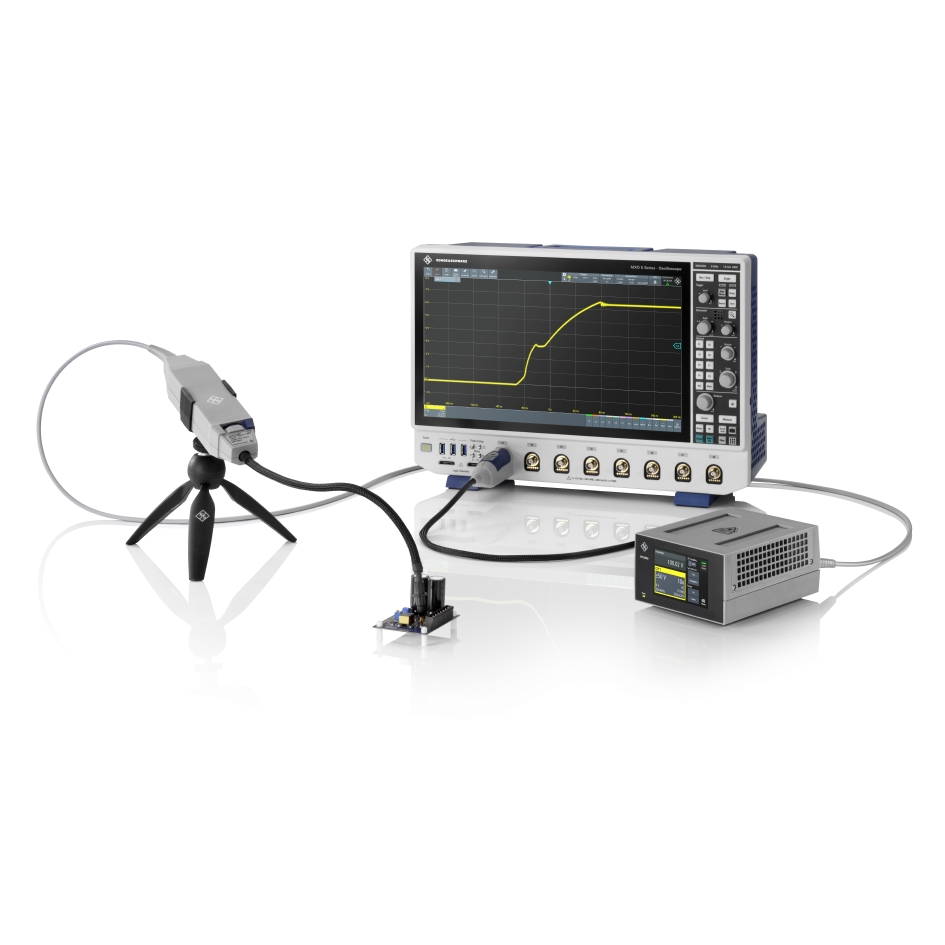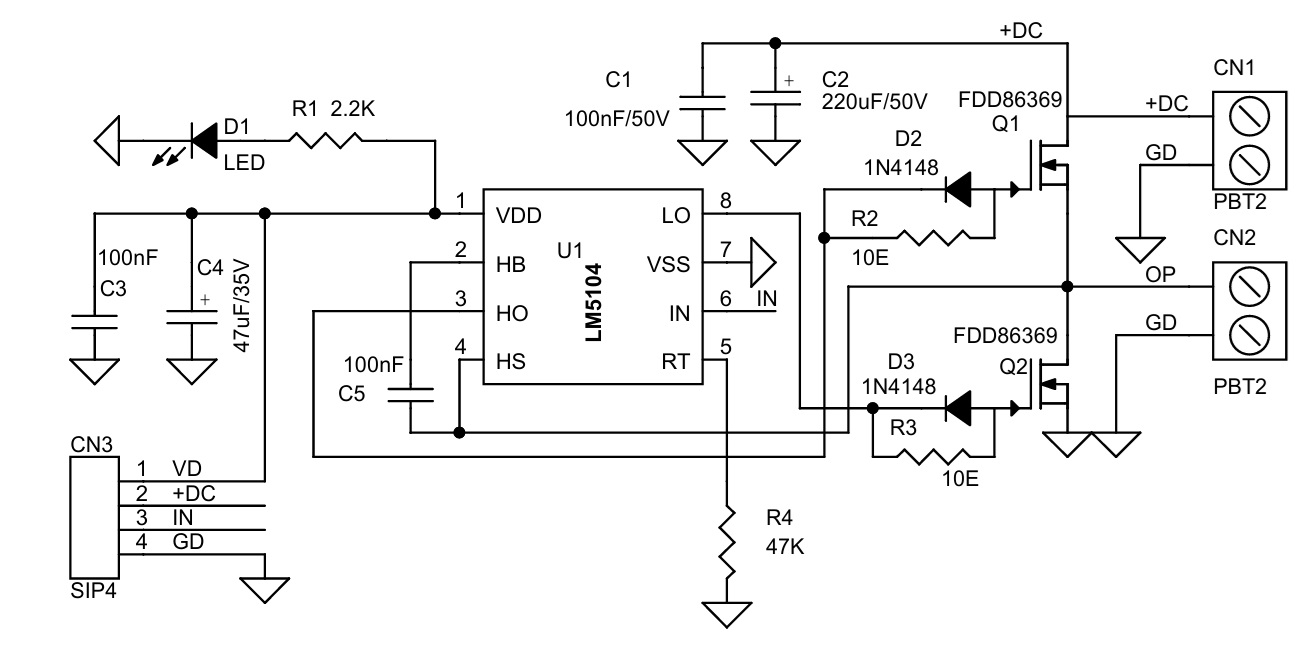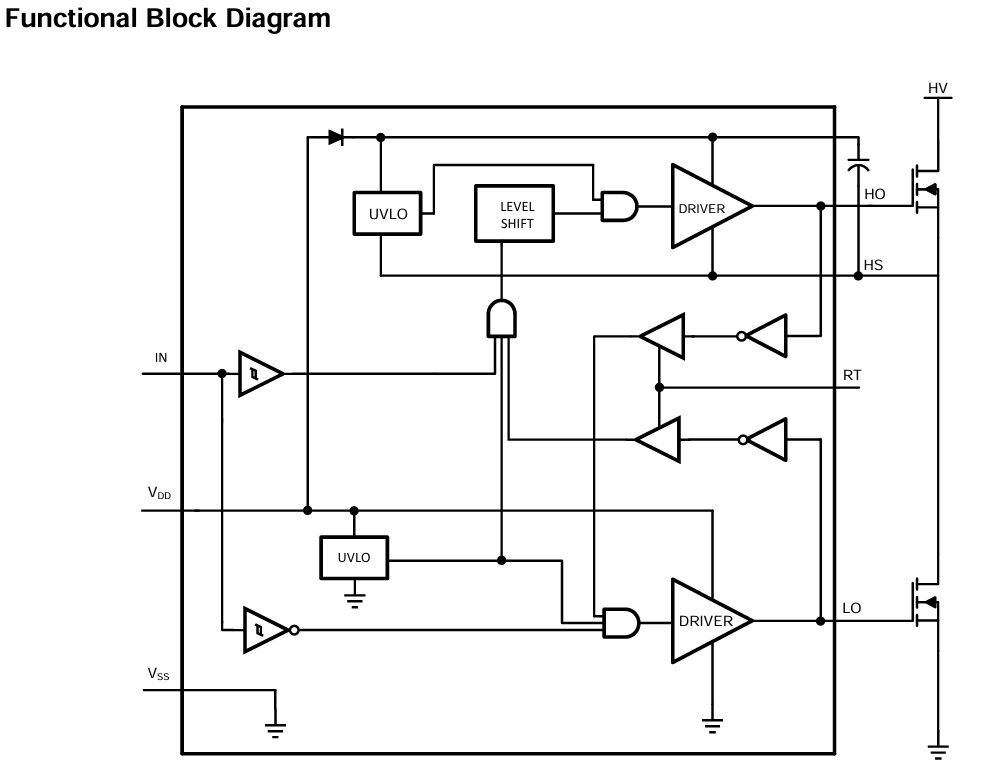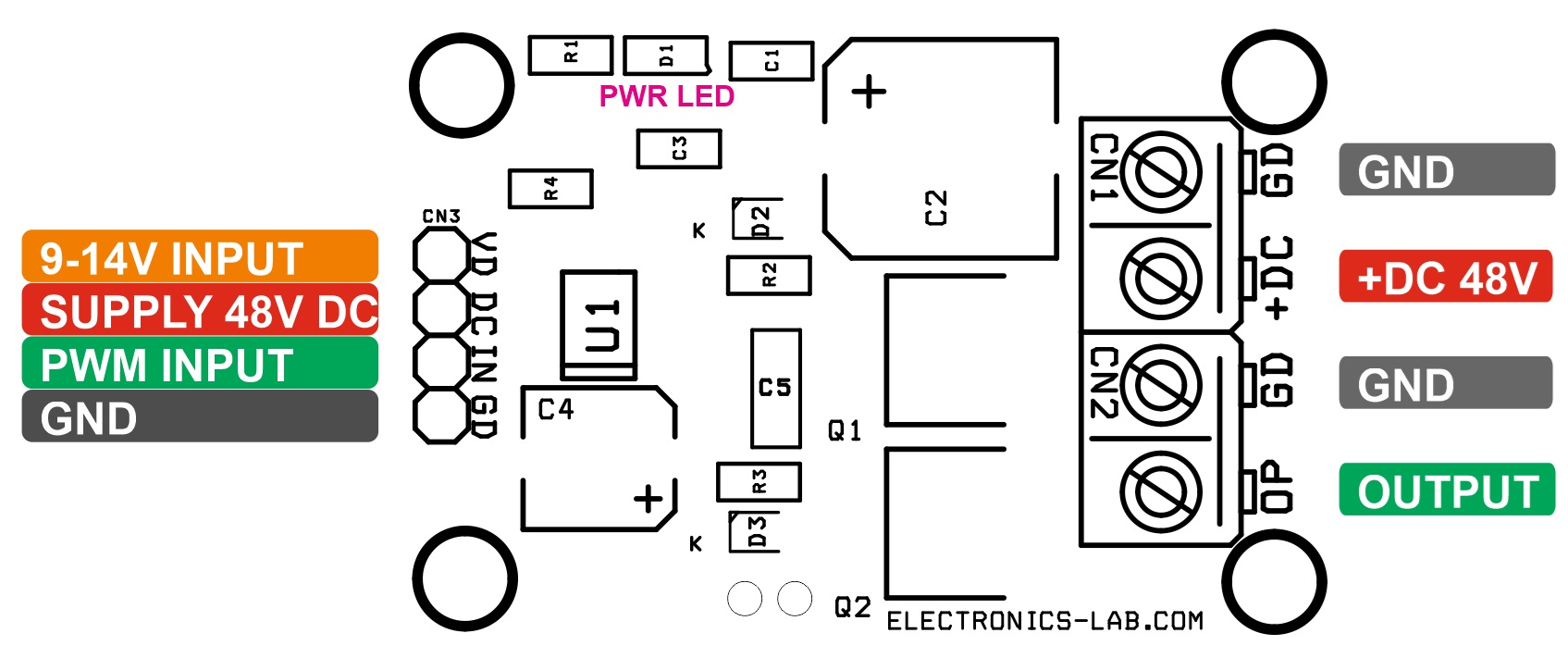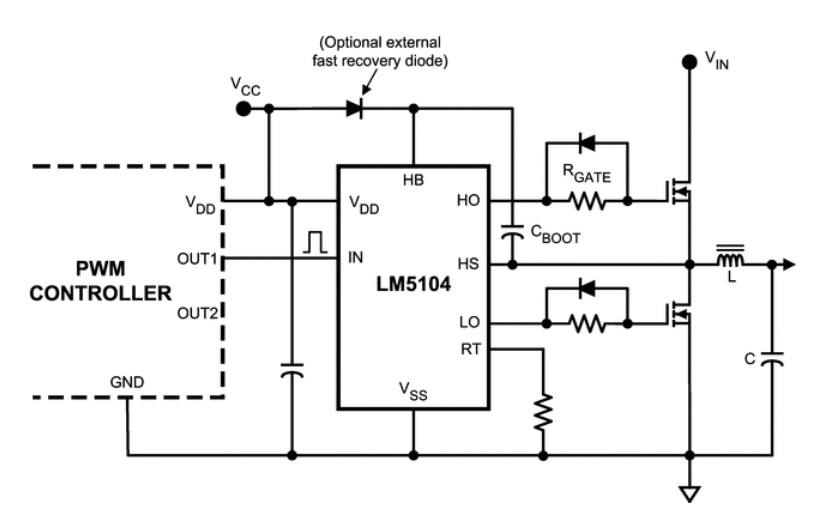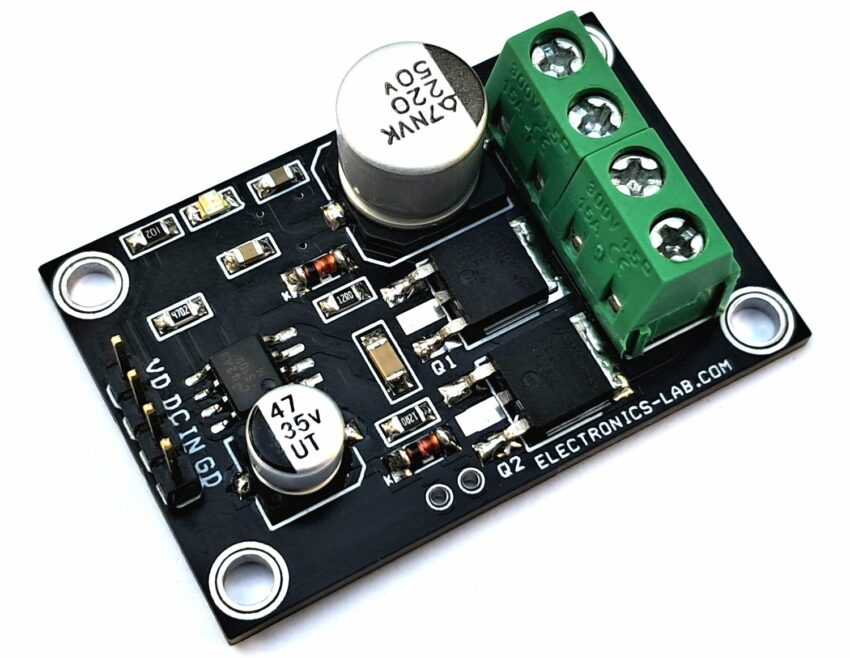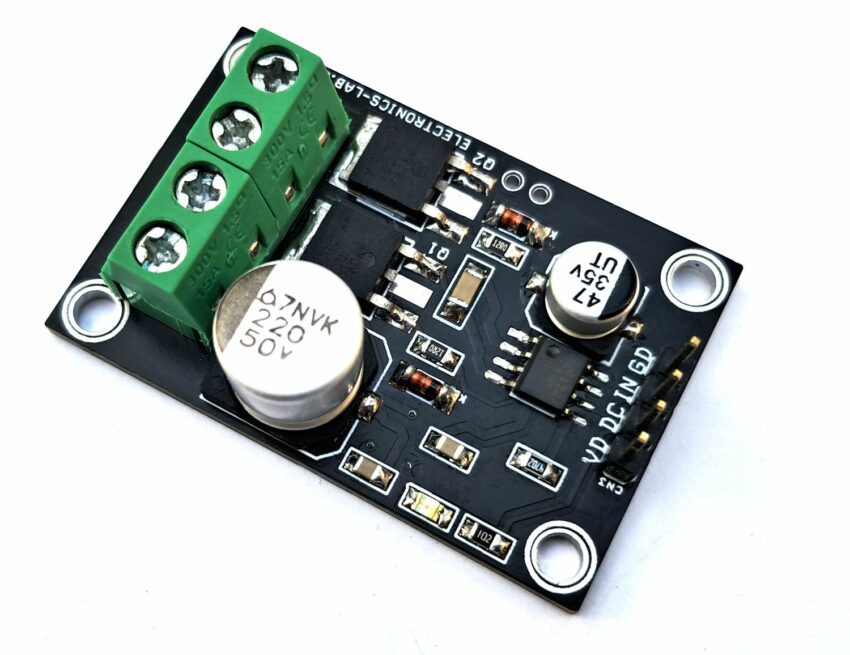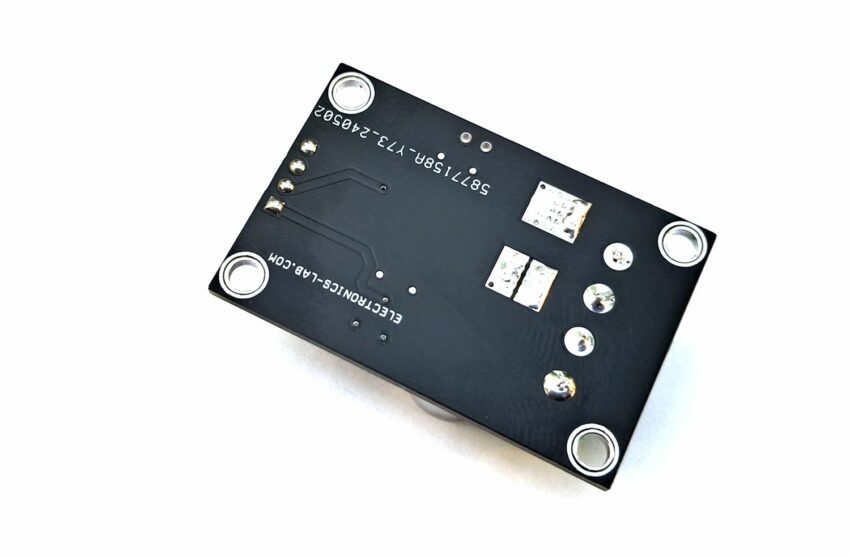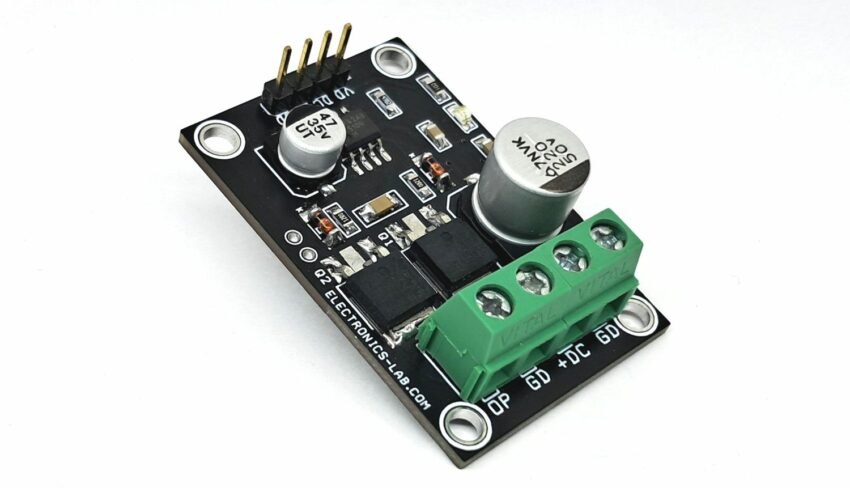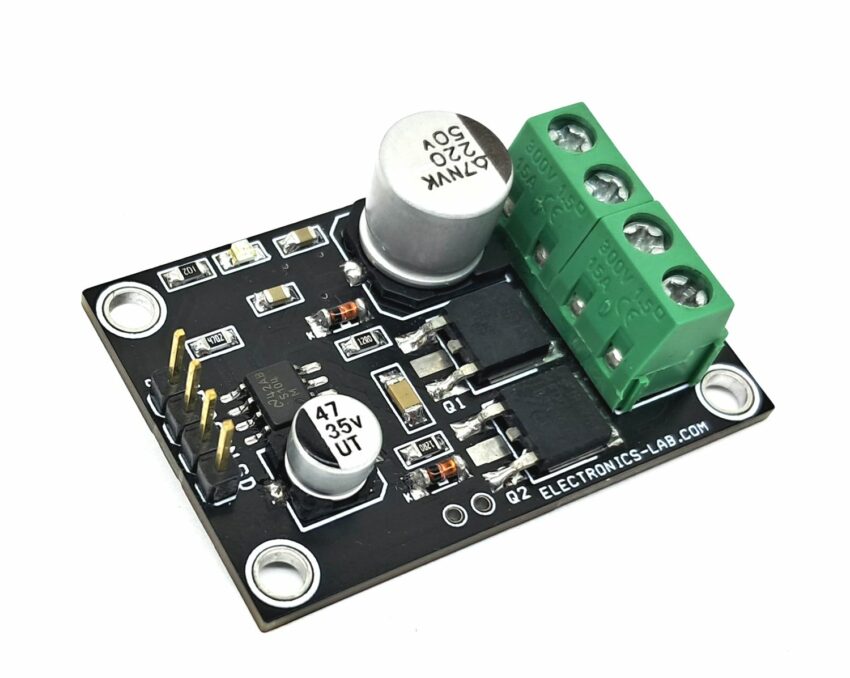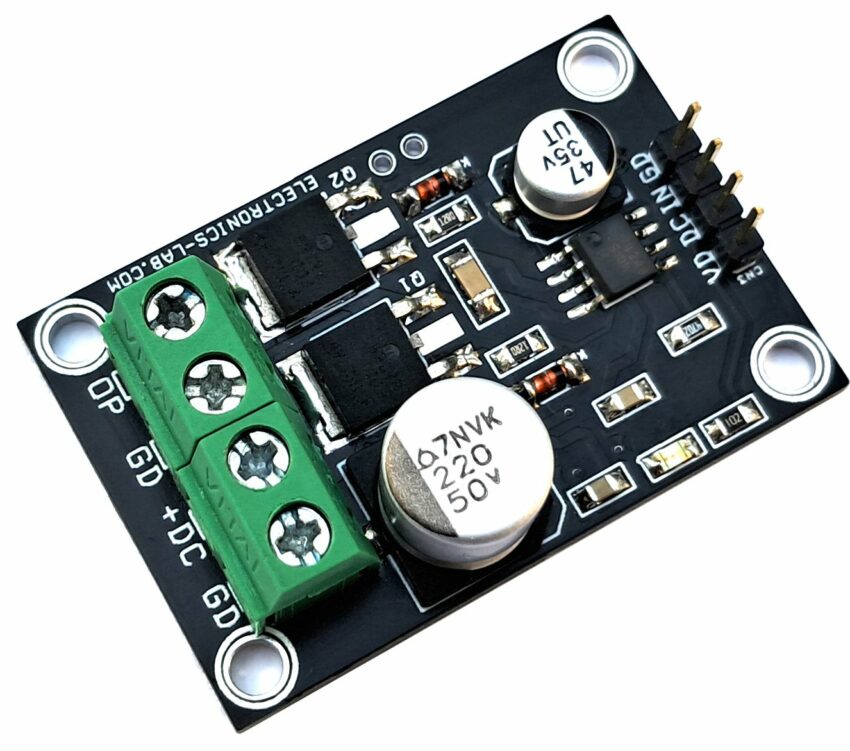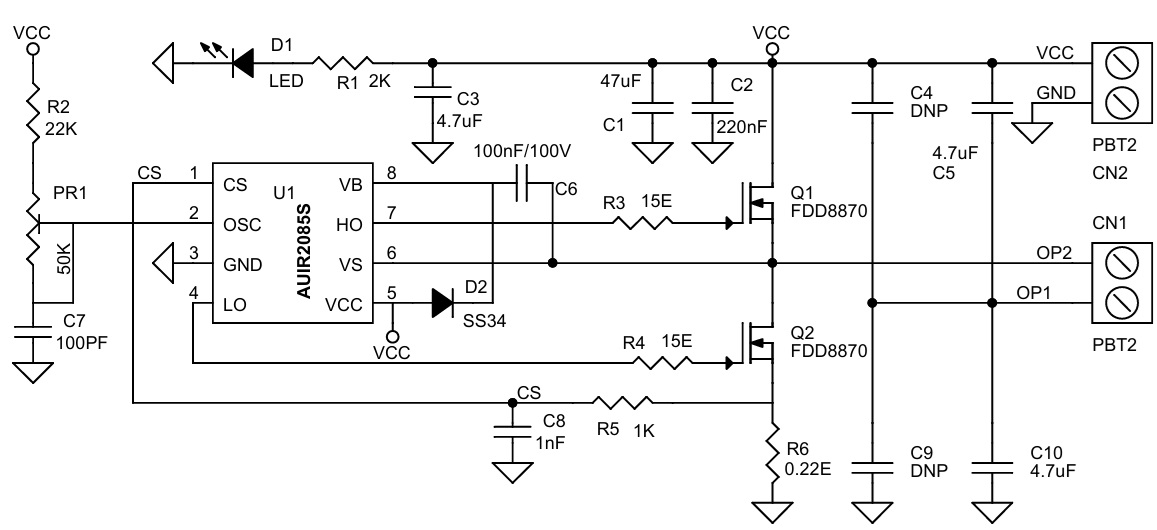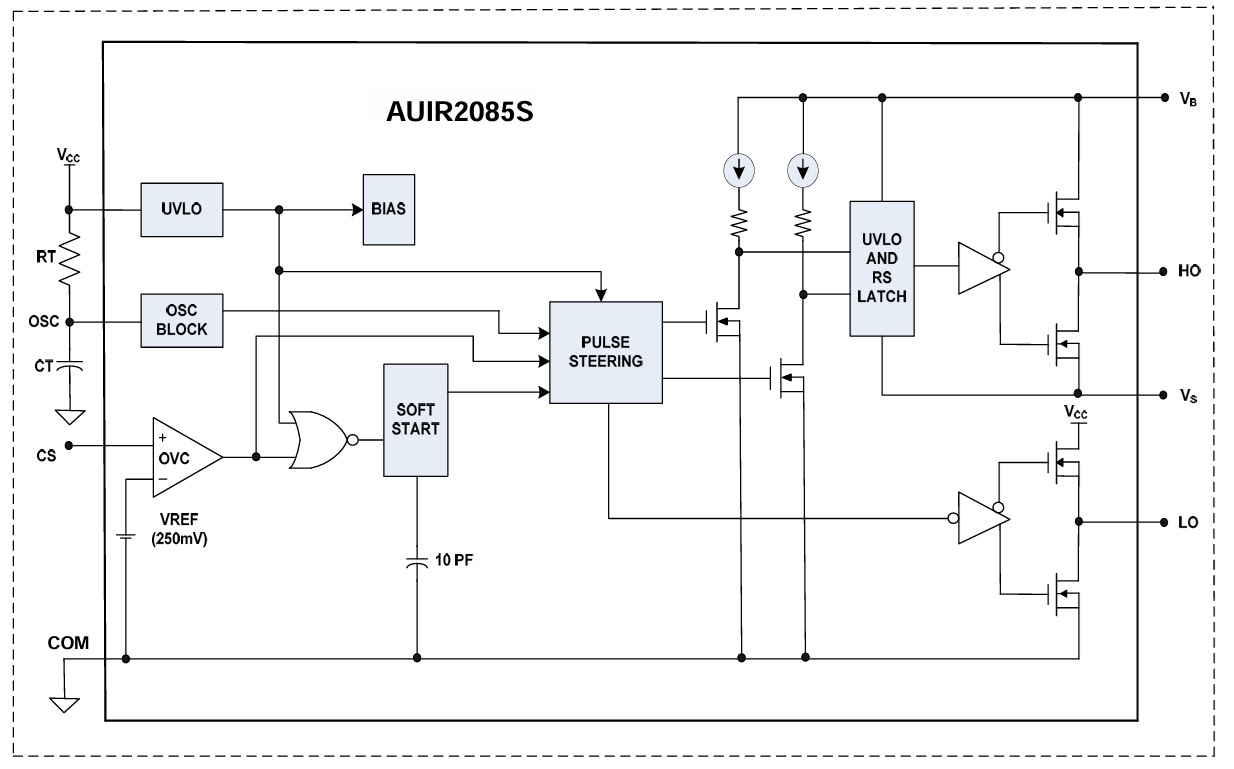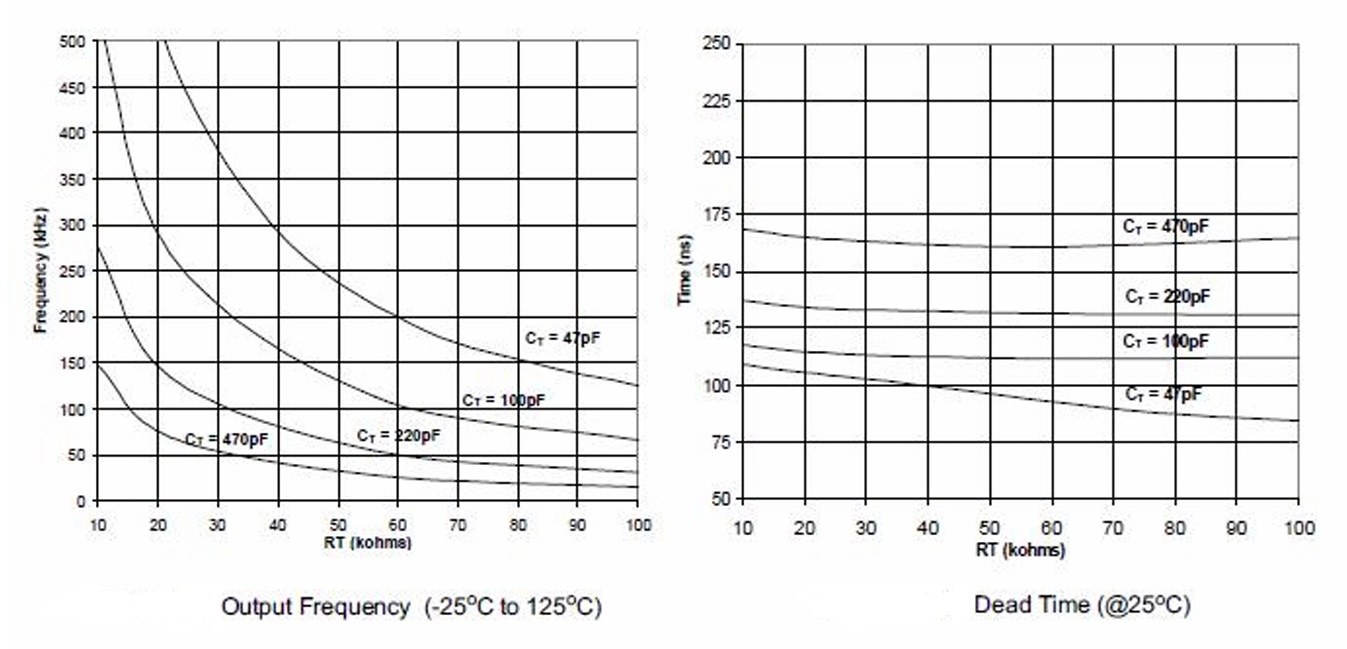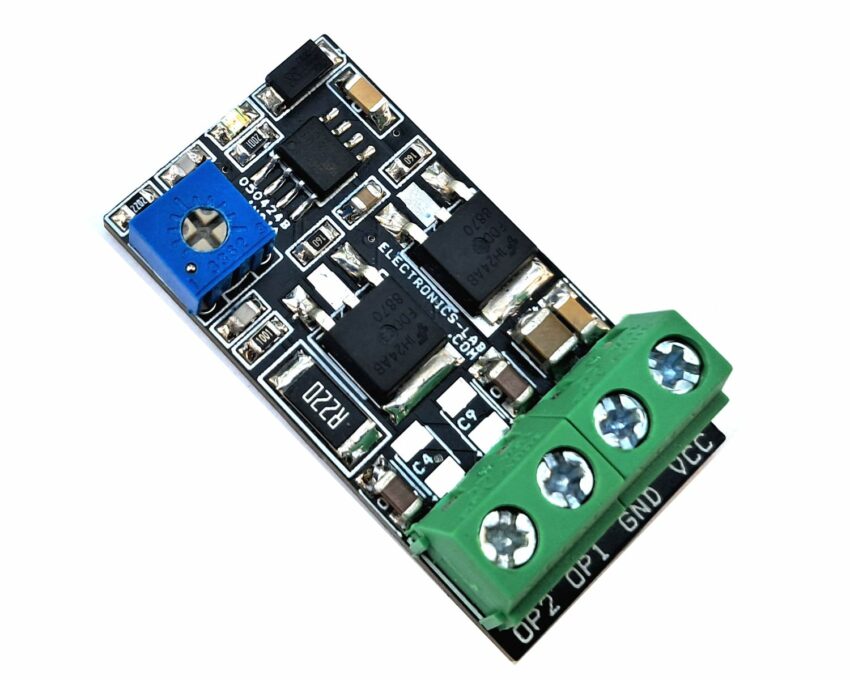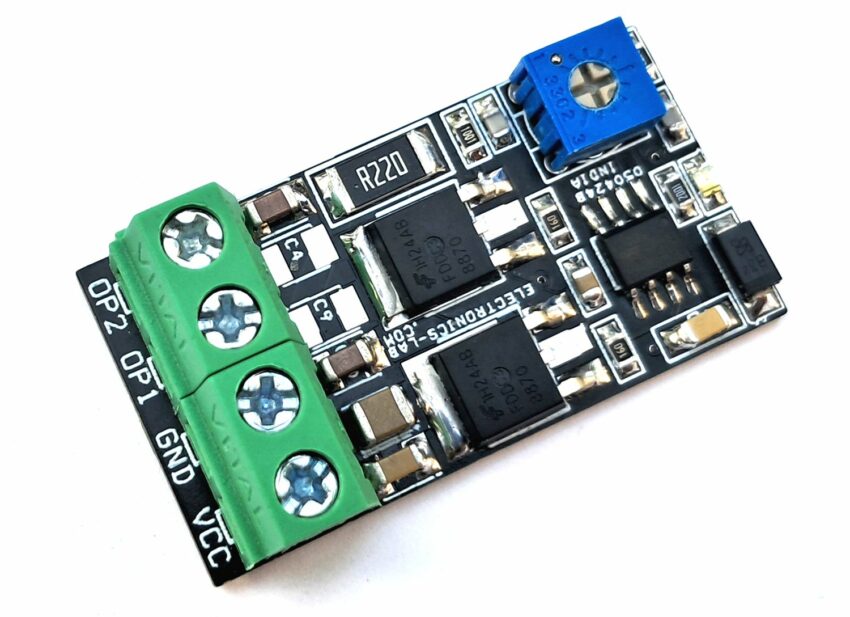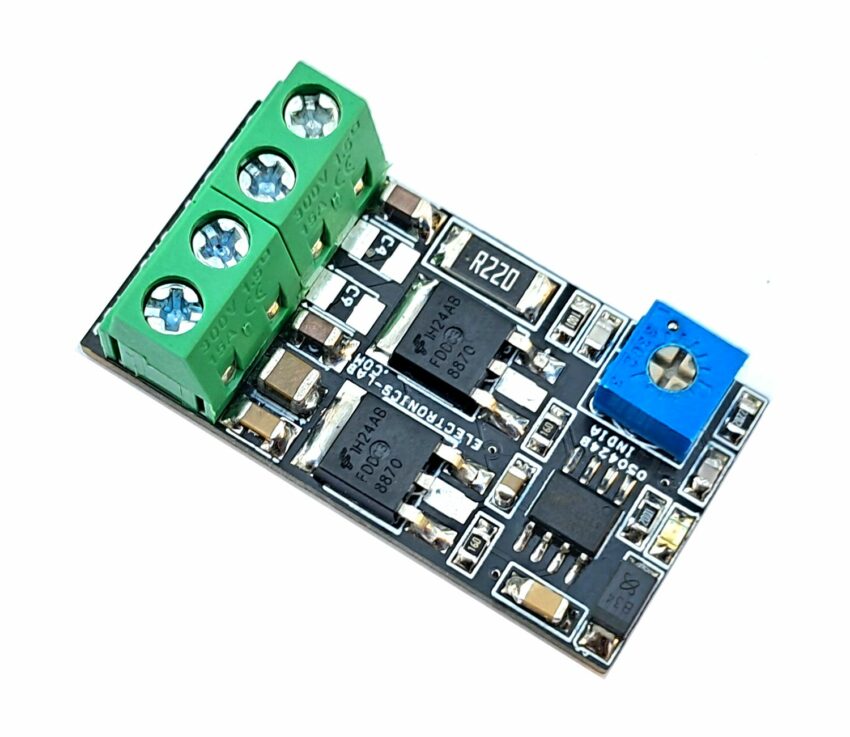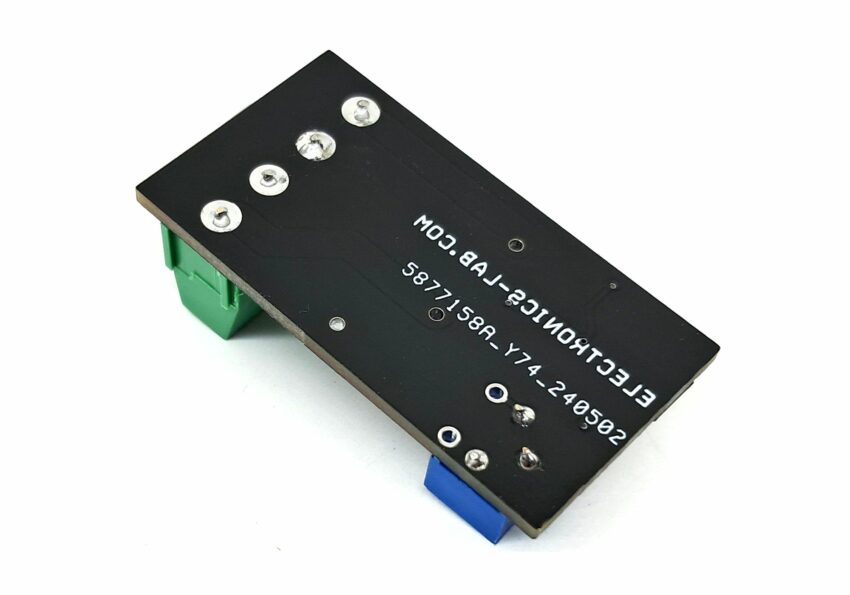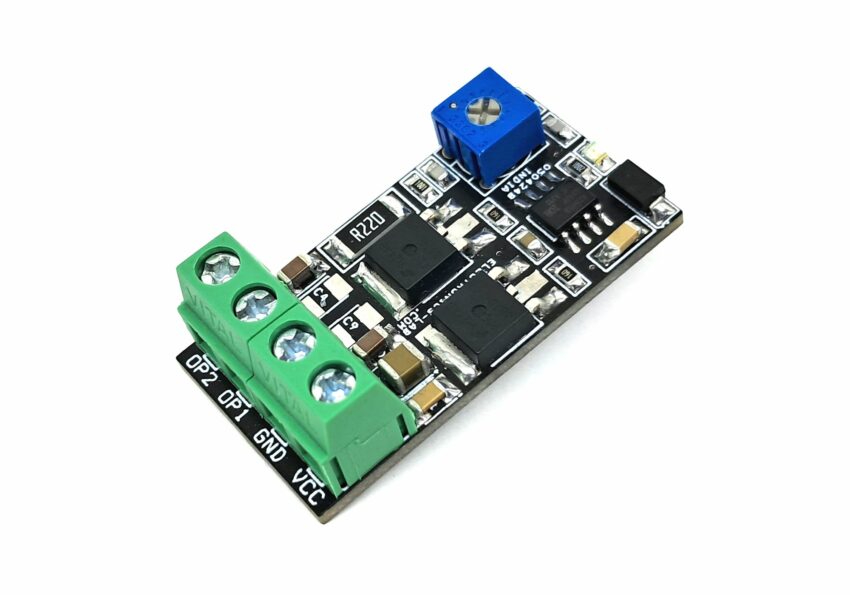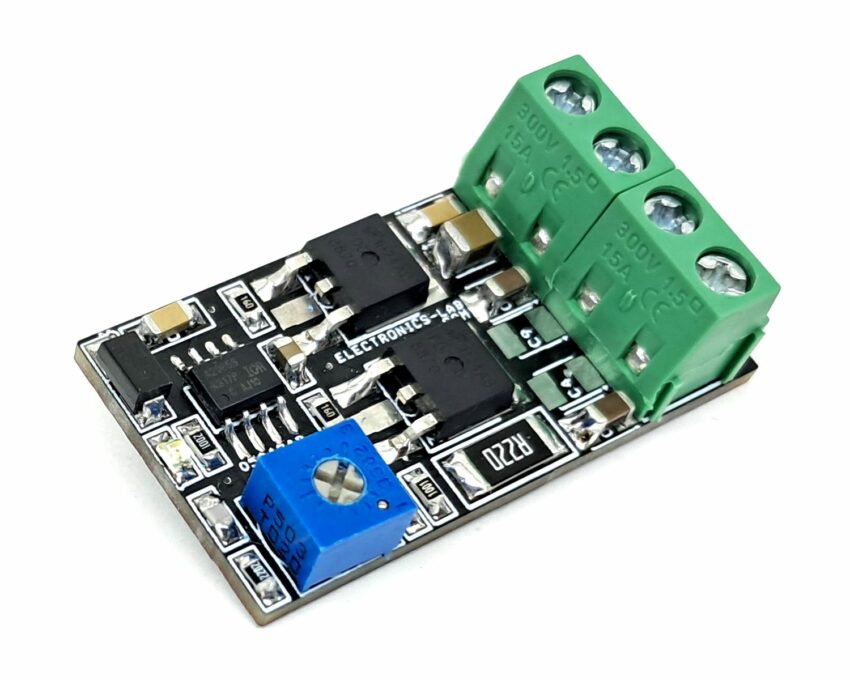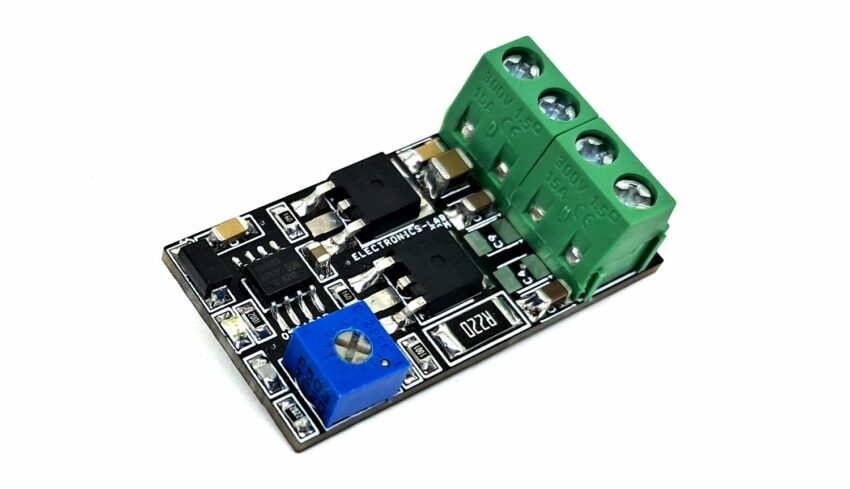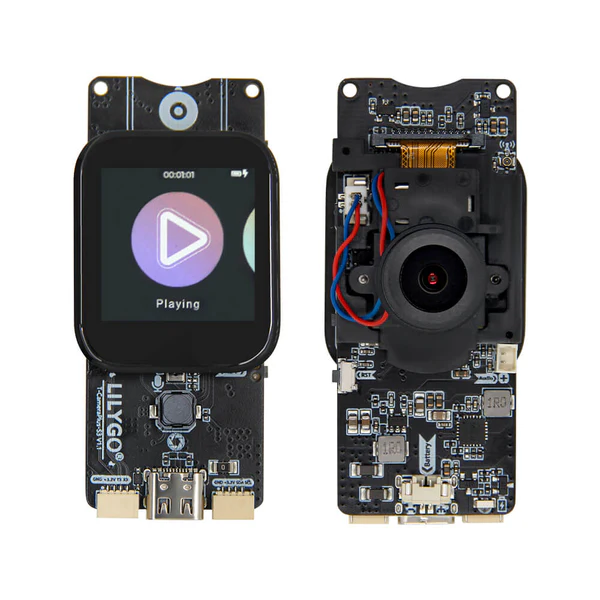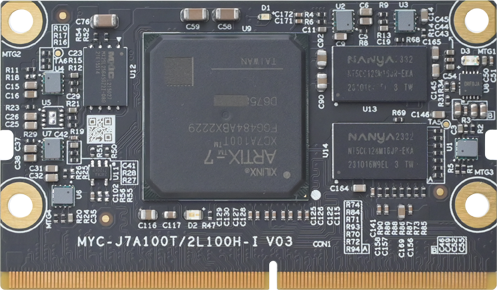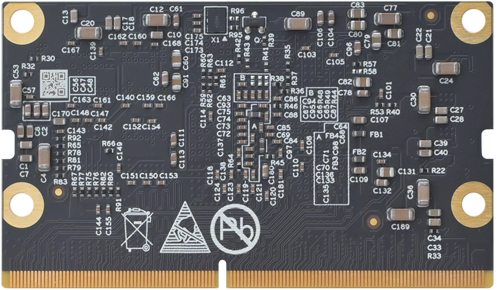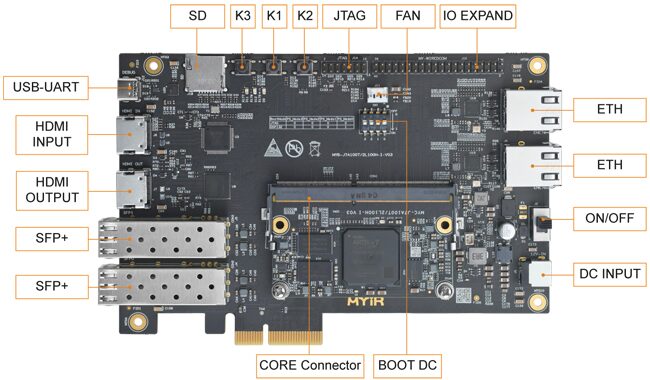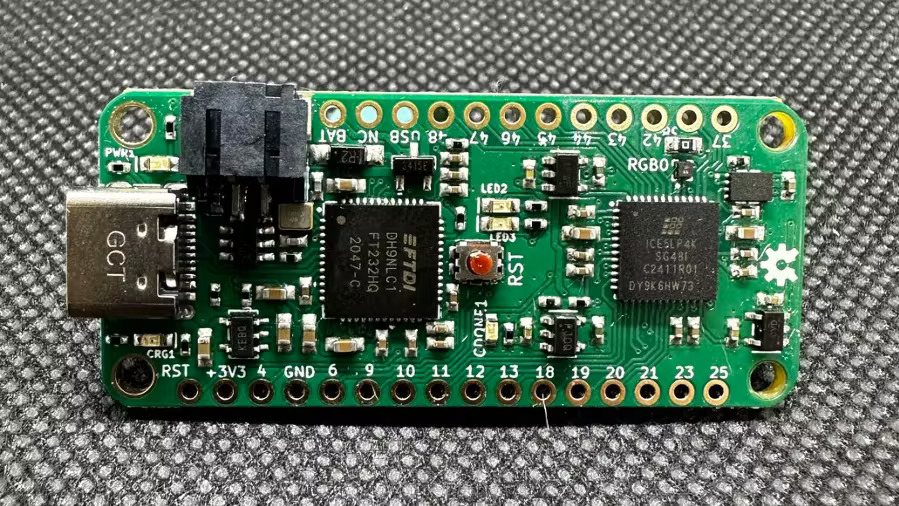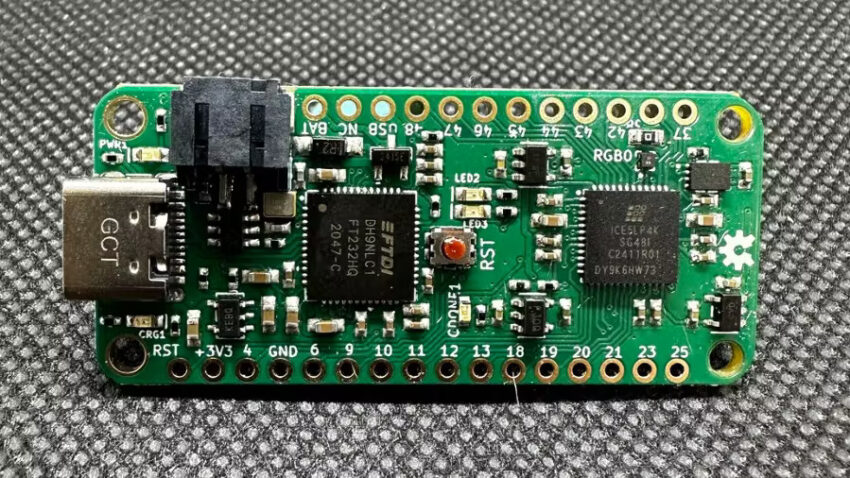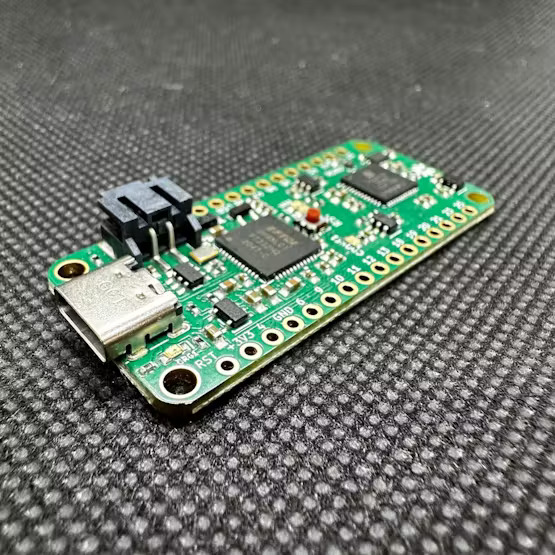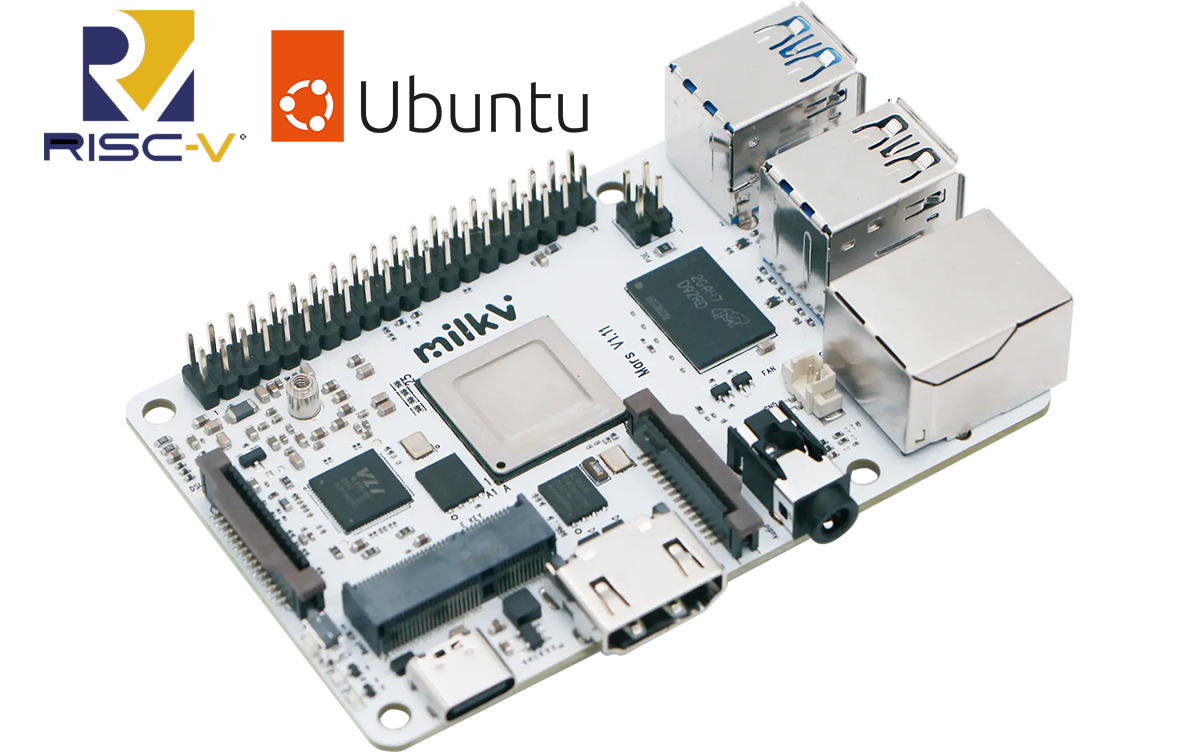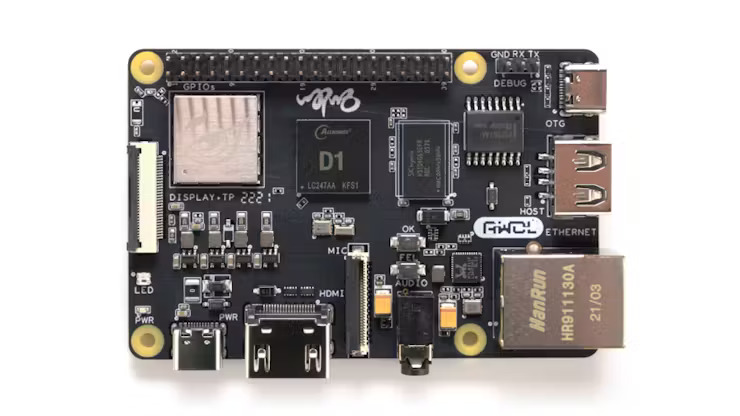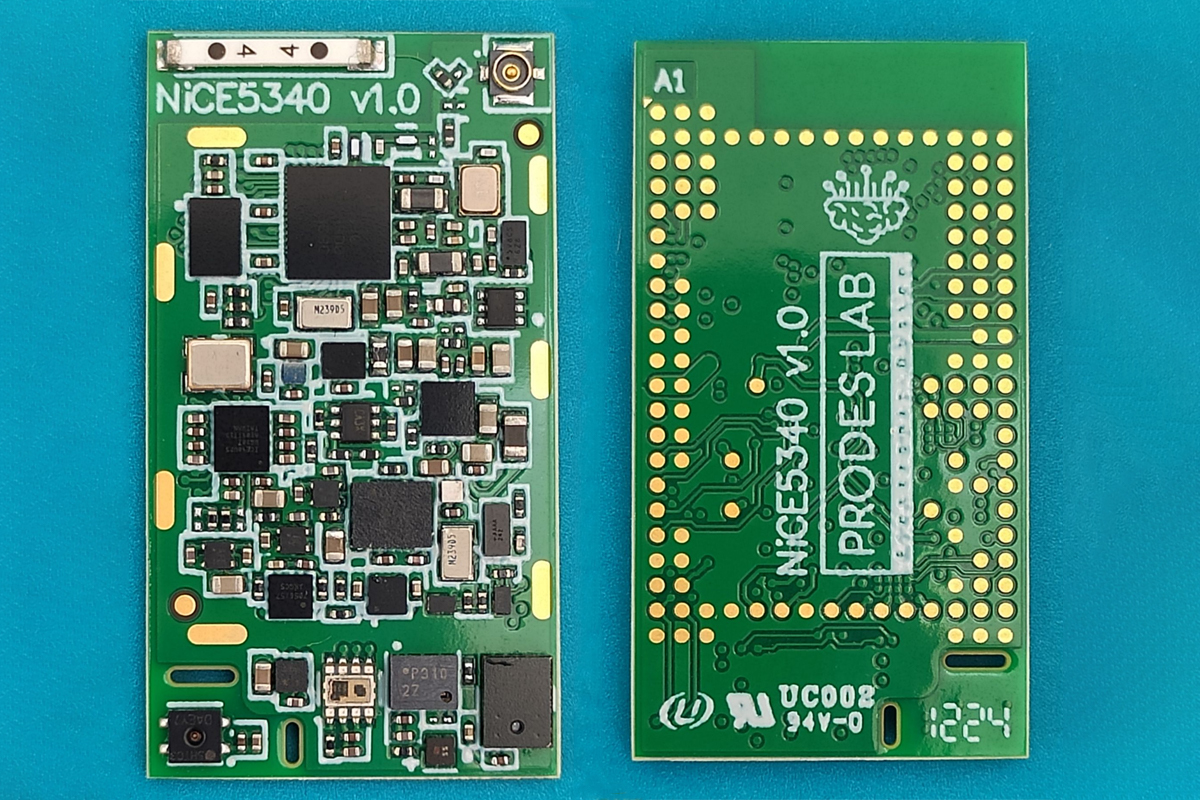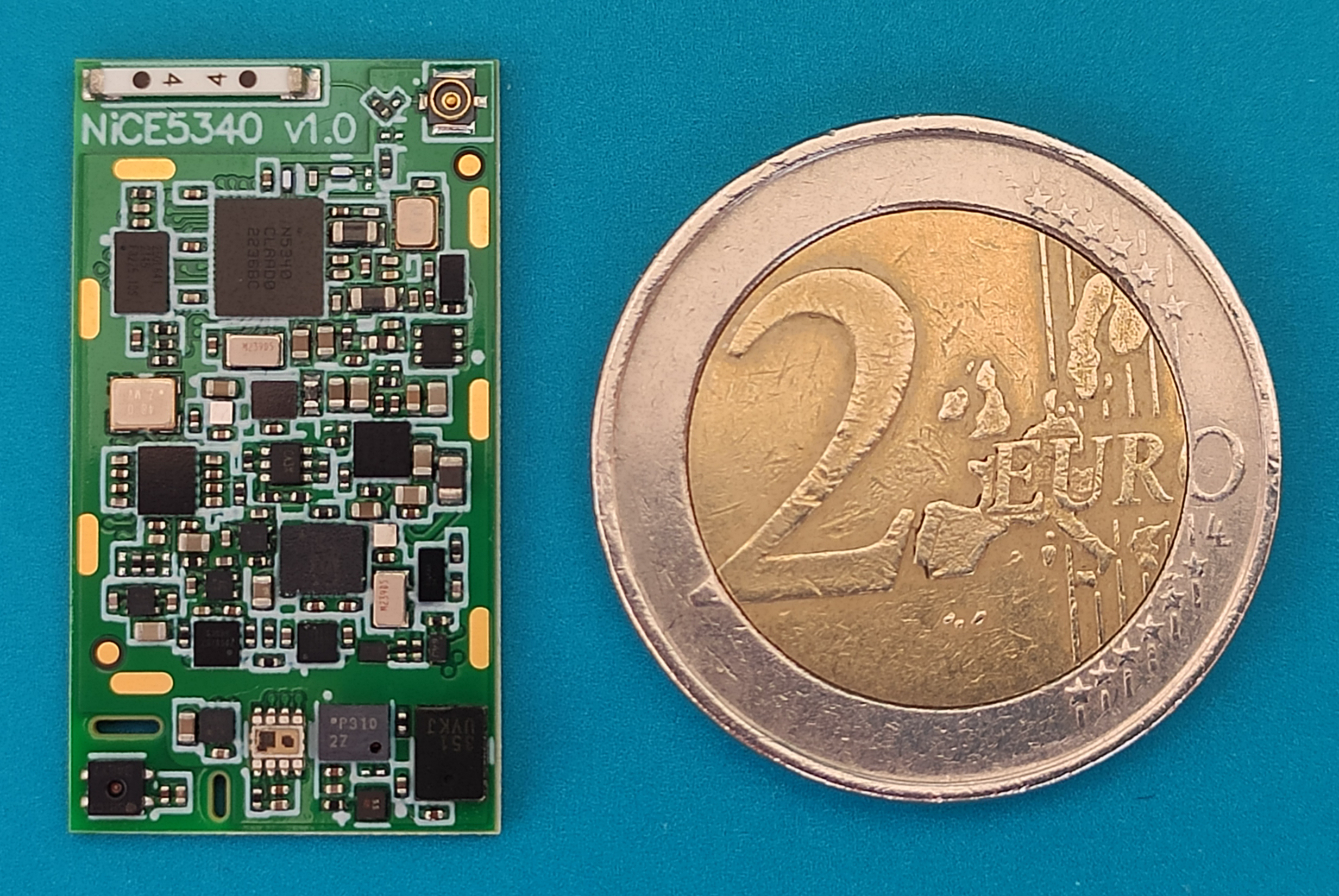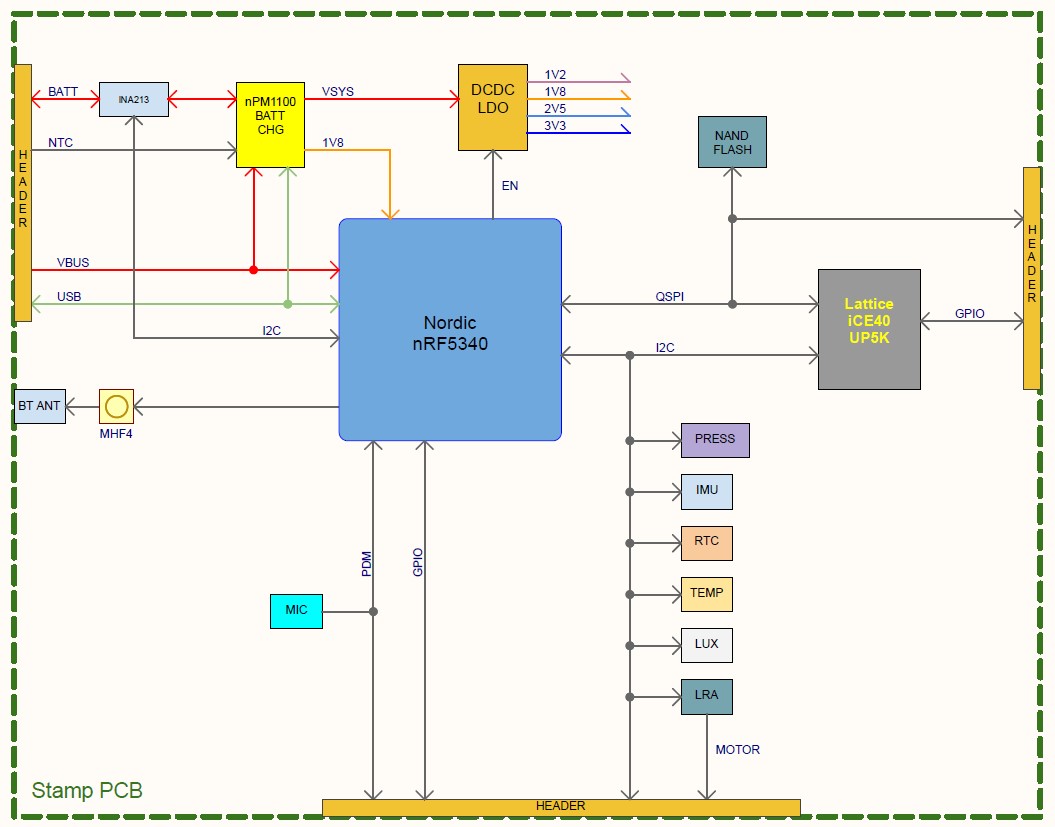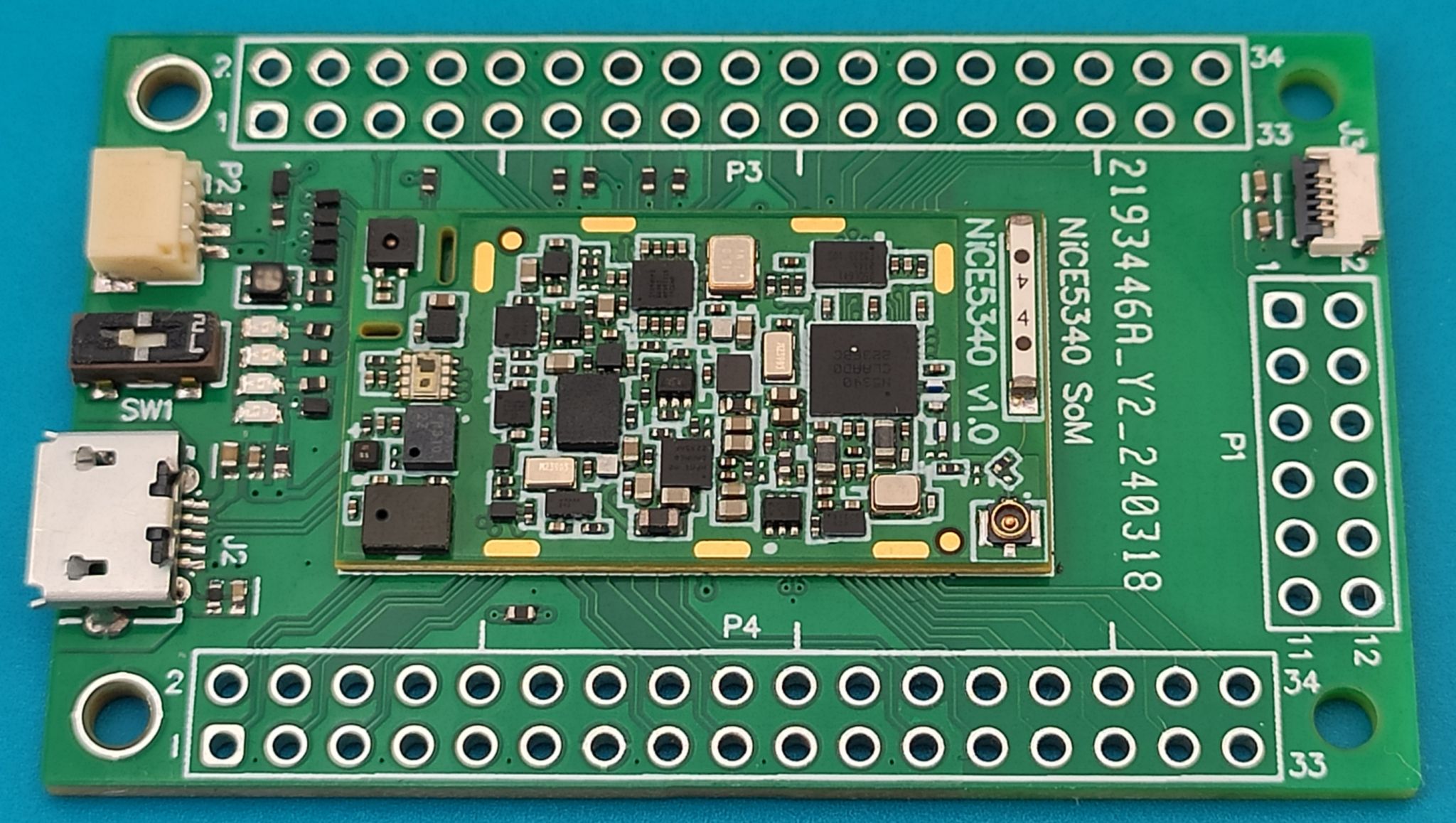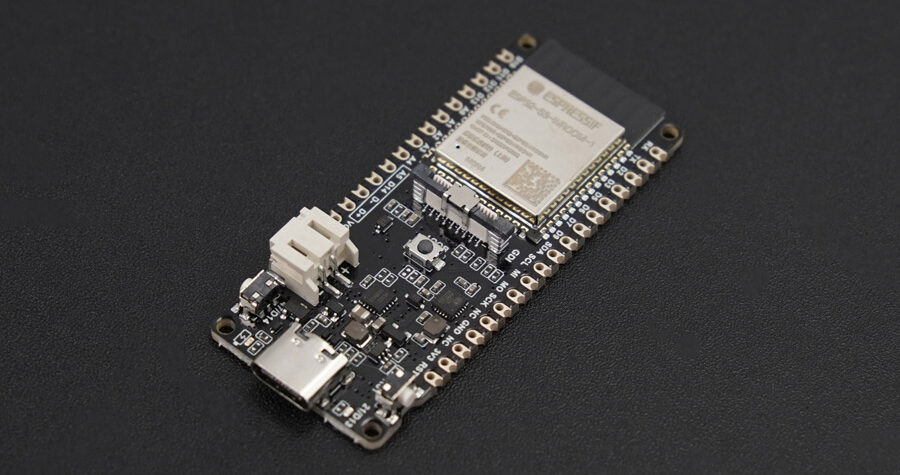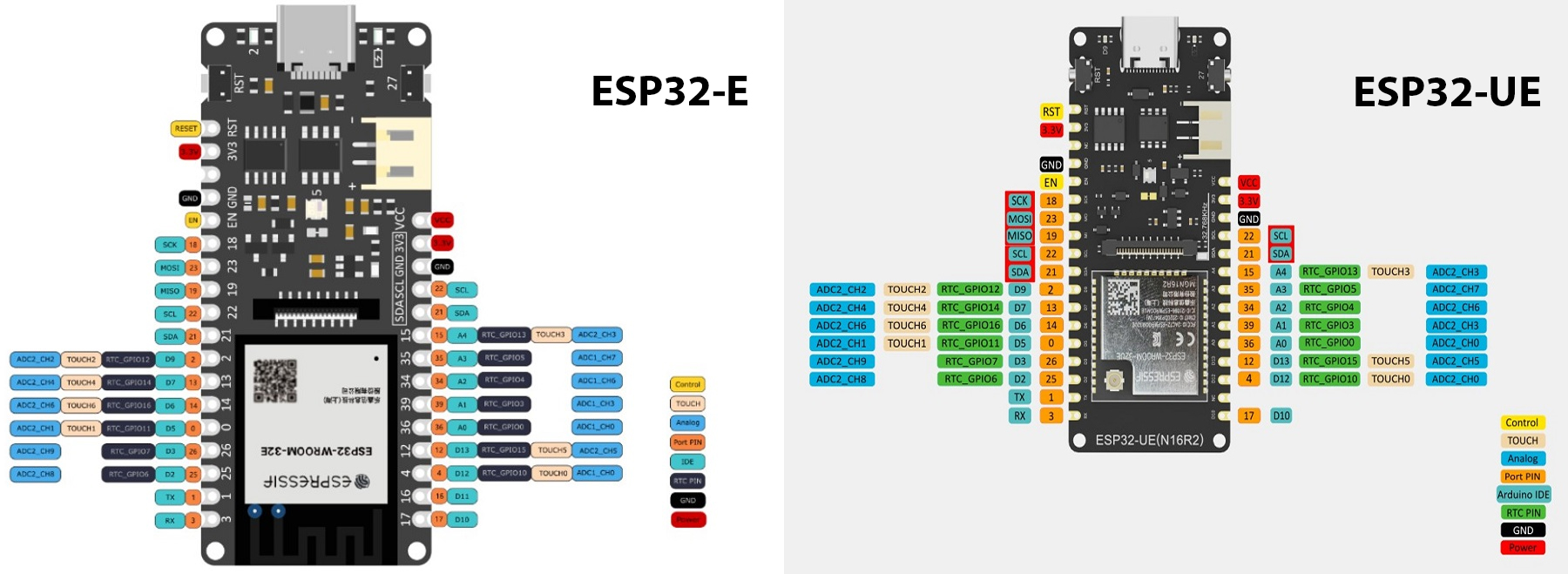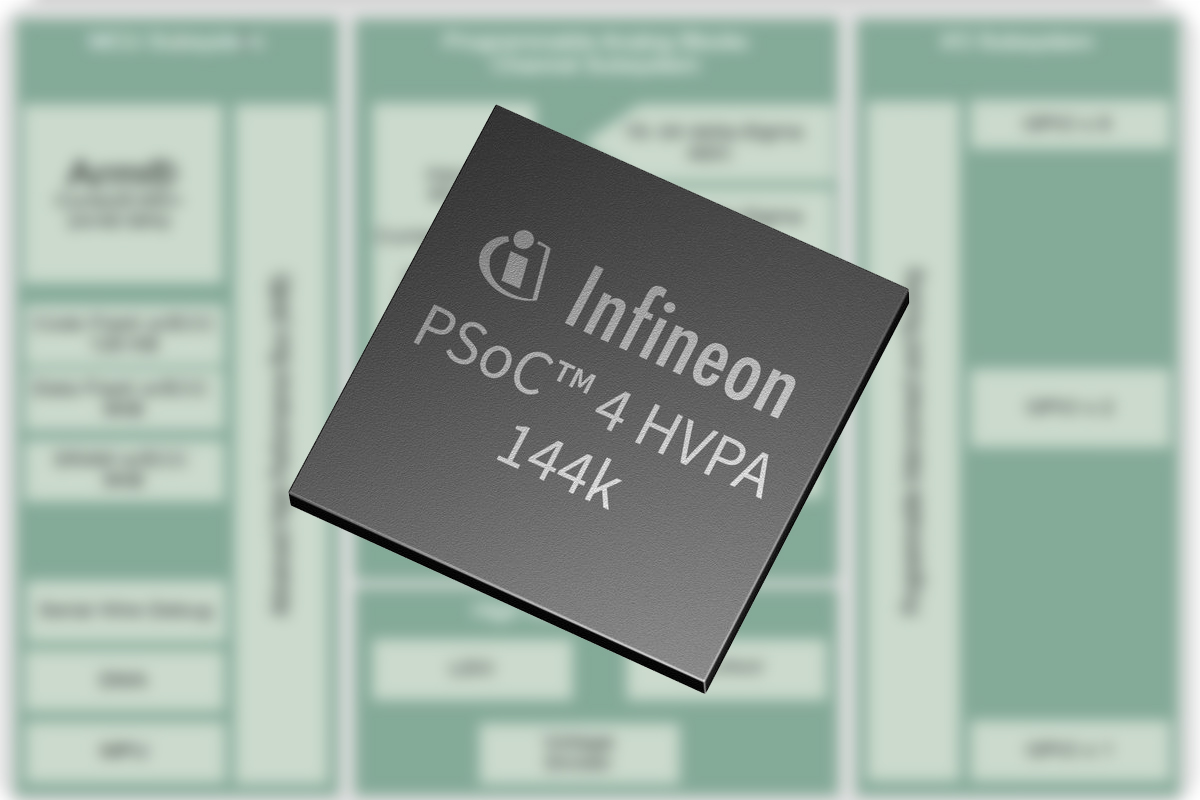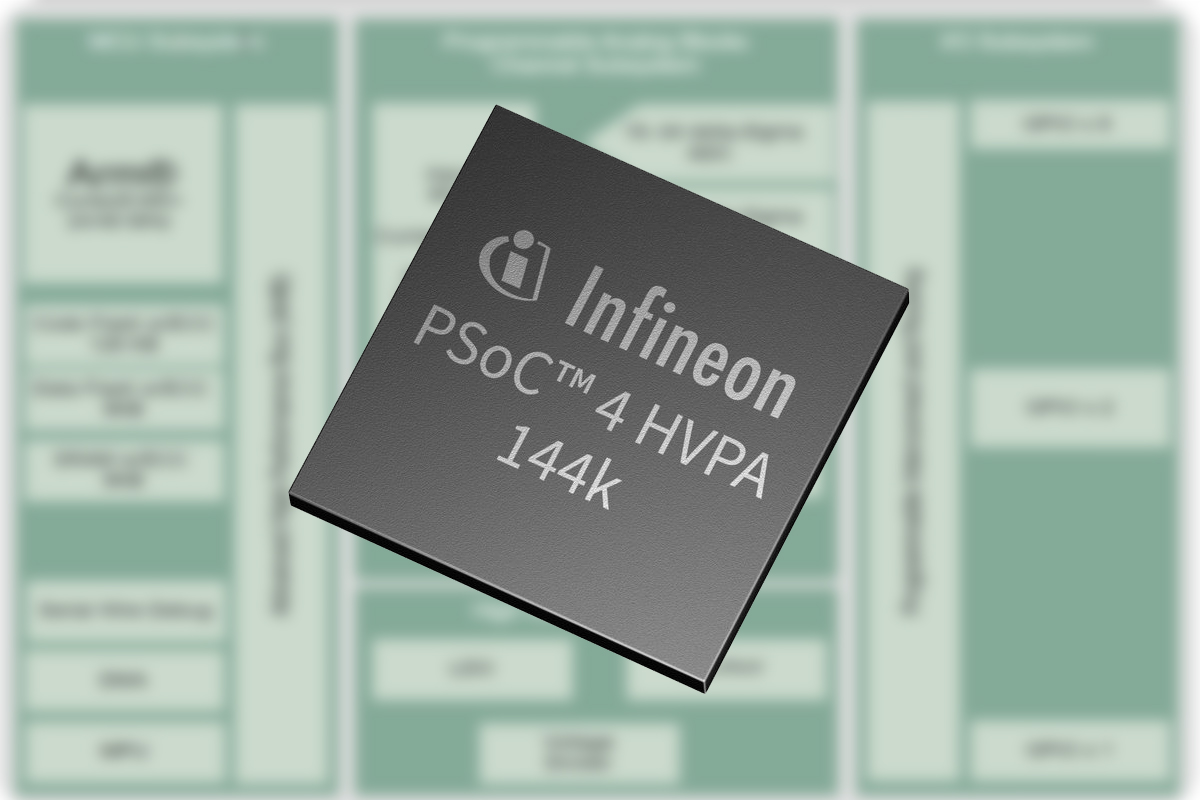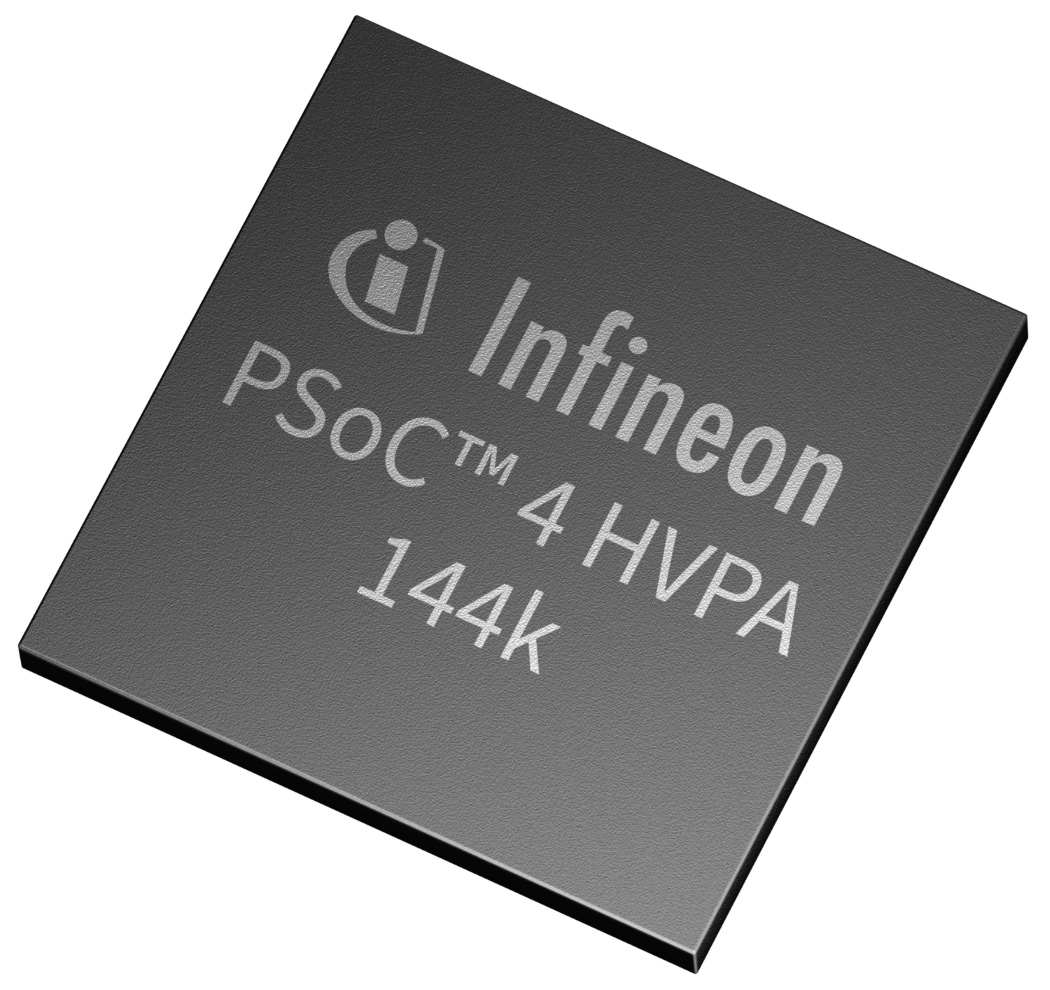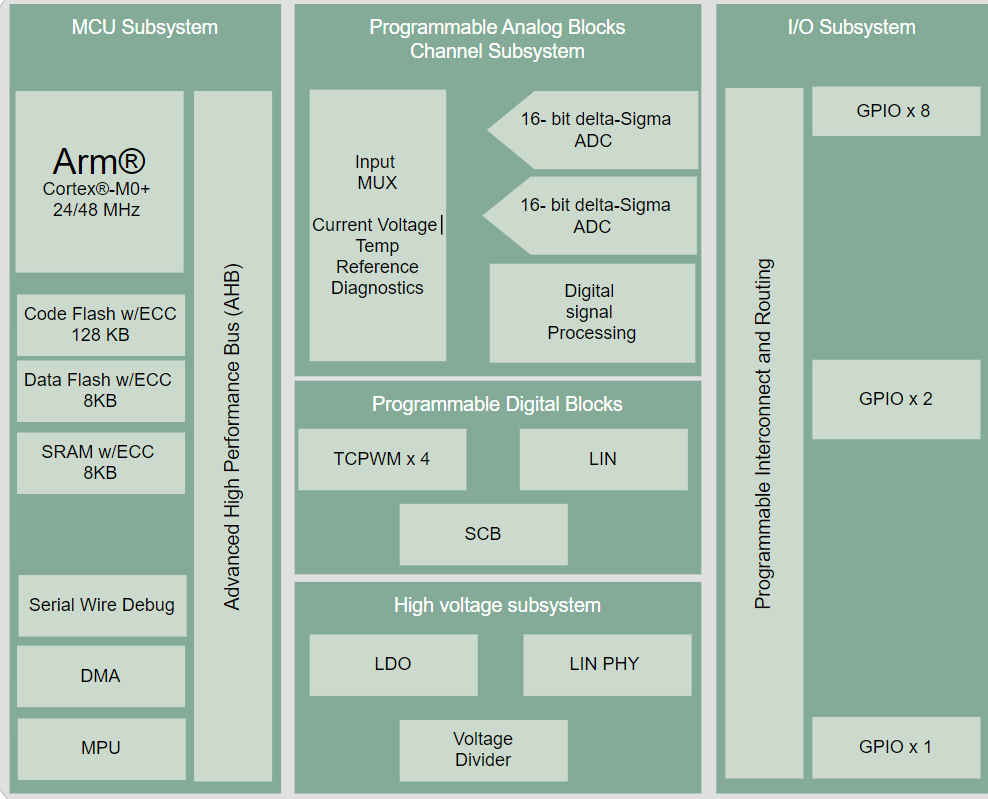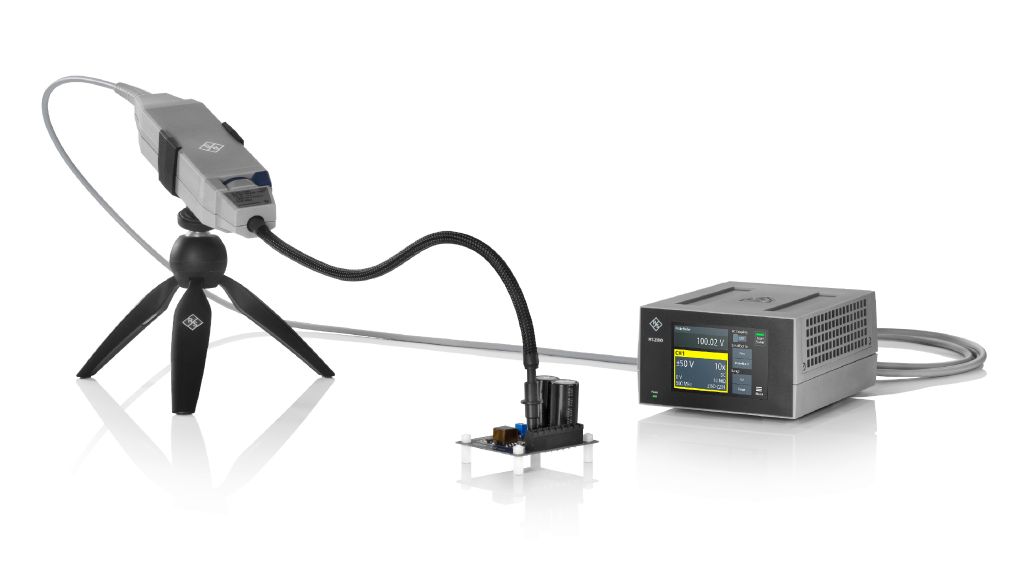 Rohde & Schwarz has developed the R&S RT-ZISO isolated probing system, further elevating its cutting-edge oscilloscope portfolio. The new R&S RT-ZISO enables extremely accurate measurements of fast switching signals, especially in environments with high common-mode voltages and currents. Also new is the R&S RT-ZPMMCX passive probe with MMCX connector, which complements the isolated probe system perfectly for certain measurement tasks.
Rohde & Schwarz has developed the R&S RT-ZISO isolated probing system, further elevating its cutting-edge oscilloscope portfolio. The new R&S RT-ZISO enables extremely accurate measurements of fast switching signals, especially in environments with high common-mode voltages and currents. Also new is the R&S RT-ZPMMCX passive probe with MMCX connector, which complements the isolated probe system perfectly for certain measurement tasks.
At the PCIM Europe International Exhibition and Conference in Nuremberg, Germany, Rohde & Schwarz is giving a sneak peek at its next generation R&S RT-ZISO isolated probing system. The R&S RT-ZISO will set new standards in isolated probe technology, delivering unprecedented accuracy, sensitivity, dynamic range, and bandwidth for next generation wide bandgap (WBG) power designs with SiC and GaN.
The R&S RT-ZISO provides precise differential measurements of up to ±3 kV on reference voltages of ±60 kV with a rise time of < 450 ps and suppresses fast common-mode signals that can distort and interfere with accurate measurements. Its power-over-fiber architecture galvanically isolates the device under test (DUT) from the measurement setup, providing a much higher common-mode rejection ratio (CMRR) than conventional differential probes. Its key features include bandwidth options of 100 MHz to 1 GHz (upgradeable), a CMRR of > 90 dB (> 30 000:1) at 1 GHz, an input and offset range of ±3 kV, a common mode range of ±60 kV, and a sensitive input range of ±10 mV.
The R&S RT-ZISO isolated probe is the perfect addition to the Rohde & Schwarz oscilloscope portfolio. With the instruments of the next generation MXO series (MXO 4, MXO 5, MXO 5C), the probe enables measurements with the world’s fastest acquisition in the time and spectrum domain, thanks to the oscilloscopes’ hardware-based acceleration. In combination with the R&S RTO6, design engineers can use the probe for complex analysis tasks that take advantage of the oscilloscope’s high performance and advanced measurement capabilities.
The R&S RT-ZISO is ideal for a wide range of applications, including switching analysis of power converters with WBG materials, double-pulse testing, floating measurements, shunt measurements, inverter design, and motor drive analysis. The isolated probing system comes with a range of probe tips for different measurement needs, including the micro-miniature coaxial (MMCX) connector, square pins, wide square pins and the isolated passive prober. All connectors are rated for CAT III voltages up to 1000 V. It is the first passive isolated prober on the market that allows users to quickly access the test point without designated connectors. In addition, the use of long bandable cables allows the tips to access the DUT at various angles with no additional mechanical stress.
R&S RT-ZPMMCX passive probe with MMCX connector
Along with the R&S RT-ZISO, Rohde & Schwarz is also presenting a new type of passive probe with MMCX connector. The R&S RT-ZPMMCX supports a bandwidth range of > 700 MHz with input voltages of ±60 V DC and 30 V (RMS), making it the ideal complement to the R&S RT-ZISO isolated probing system for low-side gate measurements. The MMCX probe has a very low capacitive load of < 4 pF, which helps to maintain the best signal integrity for preserving the switching waveform shape and timing.
The R&S RT-ZISO isolated probing system and the R&S RT-ZPMMCX passive probe are both available from Rohde & Schwarz. Visitors to the PCIM Europe International Exhibition and Conference, June 11 to 13, 2024, in Nuremberg, Germany, can experience them live at the company’s booth 619 in hall 7.
For more information on the R&S RT-ZISO isolated probing system,visit: https://www.rohde-schwarz.com/_334271.html.
For an overview of all oscilloscope probes from Rohde & Schwarz, visit: https://www.rohde-schwarz.com/_229530.html


